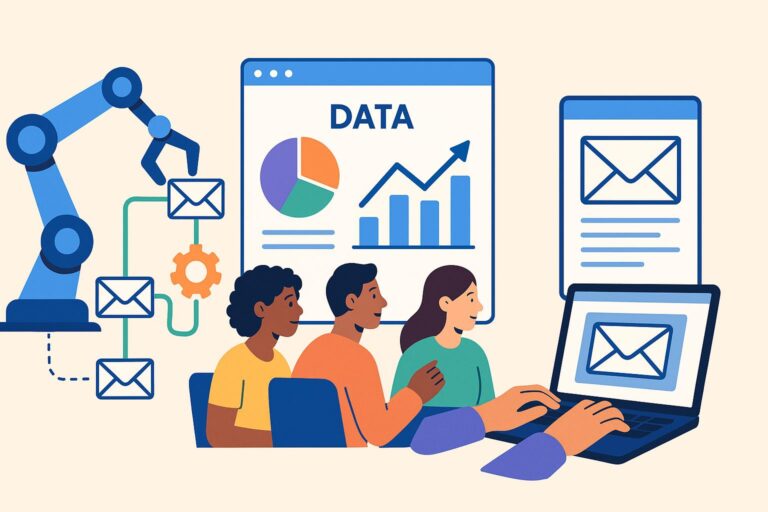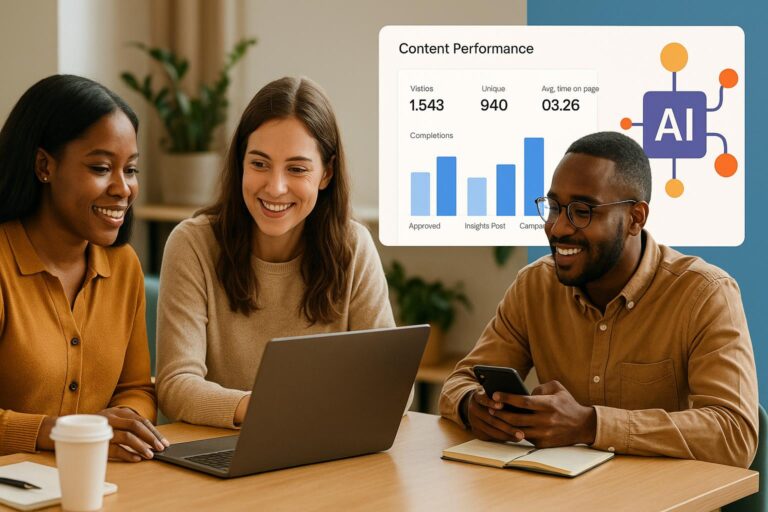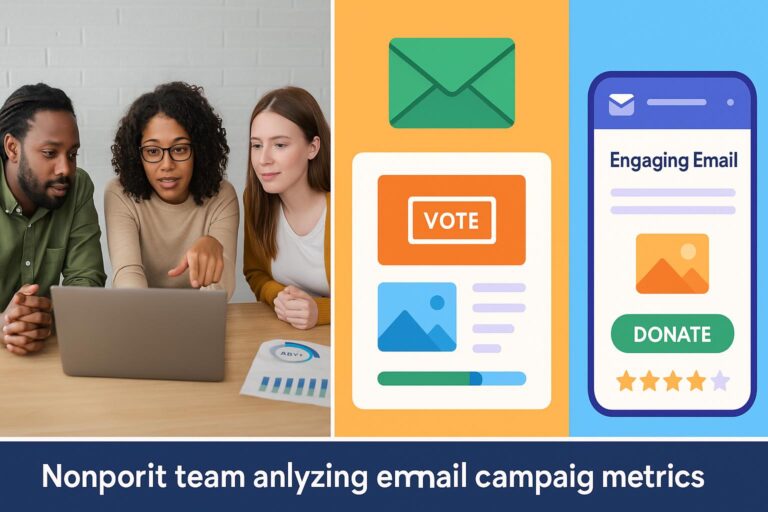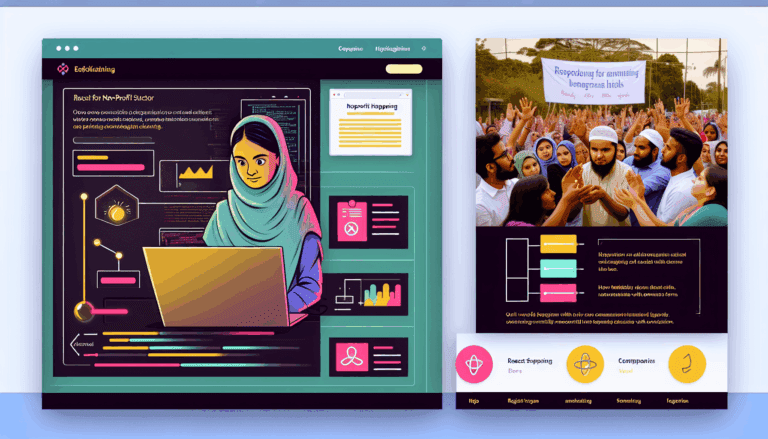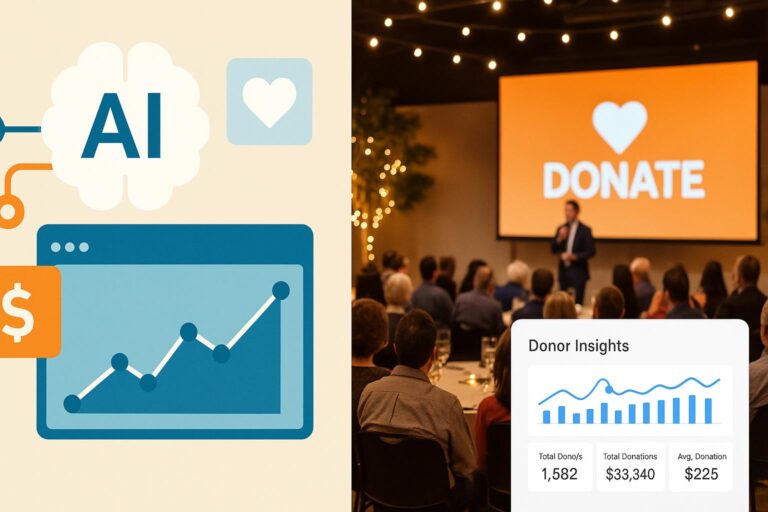In today’s competitive digital landscape, nonprofits and fundraisers face the challenge of capturing attention and driving engagement in crowded inboxes. Traditional email solicitations often fall flat, leaving organizations searching for innovative ways to boost donations and donor retention. Interactive email campaigns have emerged as a game-changer, offering a dynamic approach that combines personalization, engagement, and measurable results.
This post explores how organizations can harness the power of interactive emails to maximize fundraising efforts, blending strategic insights with practical tactics. We’ll examine the core components of effective interactive campaigns, common pitfalls to avoid, and real-world examples of success.
The Rise of Interactive Emails in Fundraising
Why Interactivity Matters
As email inboxes become more crowded, static messages no longer suffice. Interactive emails—featuring elements like donation sliders, personalized content, quizzes, and real-time updates—encourage recipients to engage directly within the message. This not only captures attention but also nurtures a sense of involvement, leading to higher conversion rates.
Key Benefits for Fundraisers
– Increased engagement and click-through rates
– Enhanced personalization tailored to donor interests
– Real-time feedback and data collection
– Improved donor retention through ongoing interaction
Designing Effective Interactive Campaigns
Core Components
Successful interactive emails typically include:
- Clear call-to-action (CTA) buttons
- Embedded donation forms or sliders
- Personalized content based on donor data
- Gamification elements such as progress bars
- Real-time updates (e.g., fundraising progress)
Best Practices
– Keep interactions simple and intuitive
– Optimize for mobile devices
– Test various interactive elements to find what resonates
– Ensure fallback options for email clients that don’t support interactivity
Measuring Success and Overcoming Challenges
Key Metrics to Track
– Open and click-through rates
– Engagement time within the email
– Conversion rate of donors making contributions
– Average donation size increase
Common Pitfalls
– Overloading emails with too many interactive elements
– Neglecting accessibility and mobile optimization
– Failing to segment and personalize effectivelyUnderstanding these factors helps organizations refine their approach and maximize ROI.
What’s Next? The Future of Fundraising Emails
Interactive email campaigns are not just a trend—they’re transforming how nonprofits connect with supporters. As technology evolves, integrating AI-driven personalization and automation will further enhance engagement. Marketers should stay ahead of these developments, continuously testing new interactive formats and analyzing performance data.
In conclusion, harnessing the potential of interactive emails can significantly boost fundraising outcomes. By focusing on thoughtful design, strategic targeting, and ongoing measurement, organizations can turn passive recipients into active participants in their mission. Now is the time to innovate your email outreach and see tangible results in your fundraising efforts.

